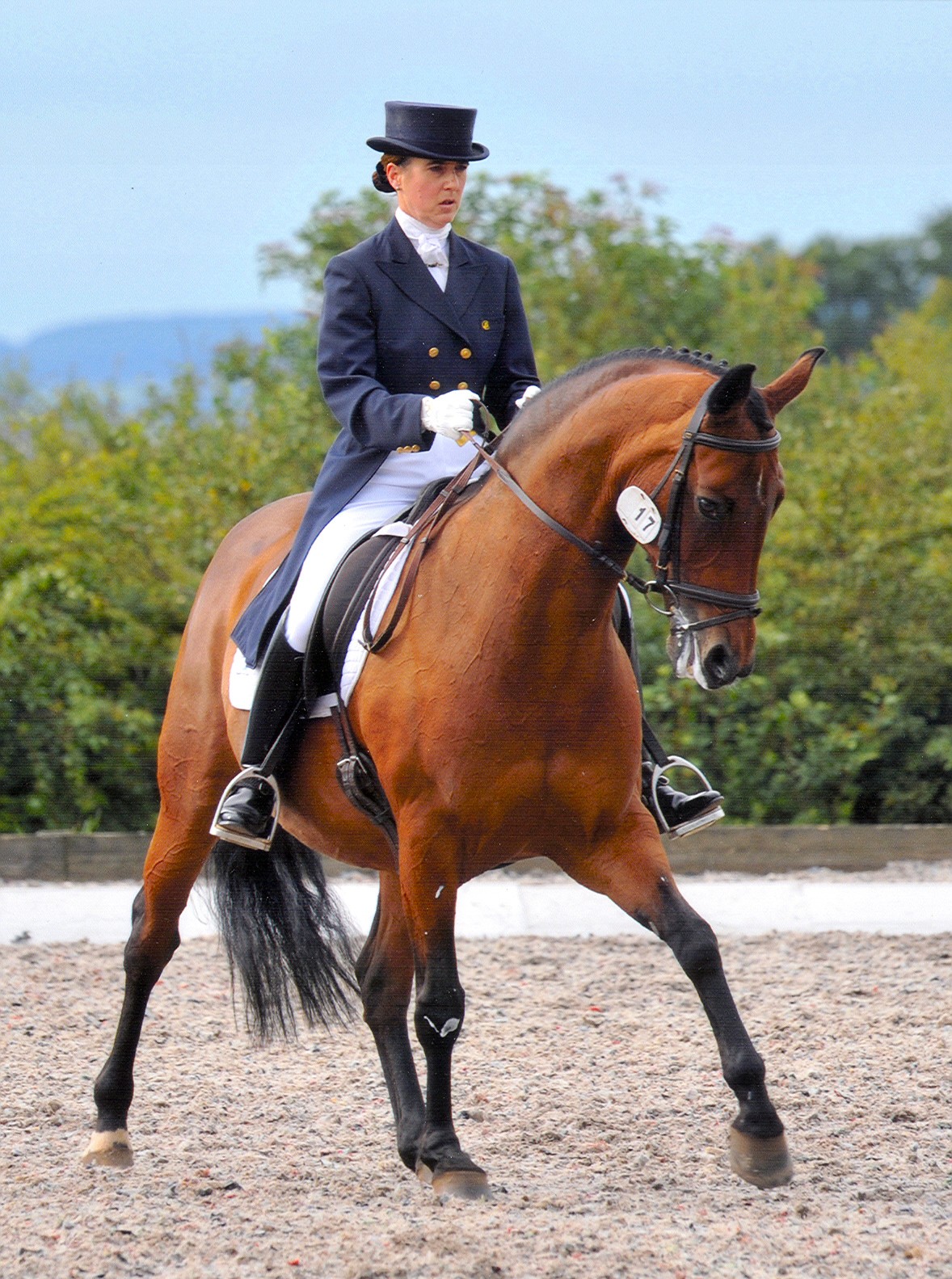How to Do a Half Pass in Dressage

Dressage can be dangerous if not practiced with due care. Performing a half pass at the trot on a horseback is not an easy thing to do and you need to become an expert in horse riding before you can make an attempt to try it. It is an upper-level dressage test and is not for the beginner riders or horses. All sports need you to take some precautionary measures to avoid getting injured and dressage is no exception. Once you reach a level where you can attempt a half pass, it can be very good to make your horse supple and responsive.
Instructions
-
1
Independent aids are what you need to perform this high risk manoeuvre. A combination of leg, seat and handwork is required to do a half pass. Every part has to perform its own task to complete the move comprehensively.
-
2
A half pass needs a forward, even-paced working trot before the leap. A 10 meter circle should be enough to perform a half pass effectively.
-
3
Once you have completed the circle, you need to move your horse forward in a straight line but make sure he is bent to the inside. A driving seat can make a horse move forward easily.
-
4
While the horse is still bent inside, you need to apply some outside leg pressure. This will make the horse to move sideways. Your horse should be moving away from the outside leg and into the inside rein before the final leap.
-
5
For the half pass to be executed perfectly, the legs of your horse have to cross over each other. When you need to move your horse in straight motion, you have to apply similar amount of leg and rein aids at the same time, forcing him to follow the straight line.
-
6
You should try making some strides sideways, then straighten out some strides forward and then try half pass once again. This will give good practice to your horse to move sideways and forward at the same time.
-
7
Half pass is also performed at the walk but it is highly recommended that you perform it by trotting exercise, as this will make your horse familiar with the movement and it will be the easiest way for you both to perform the manoeuvre.




